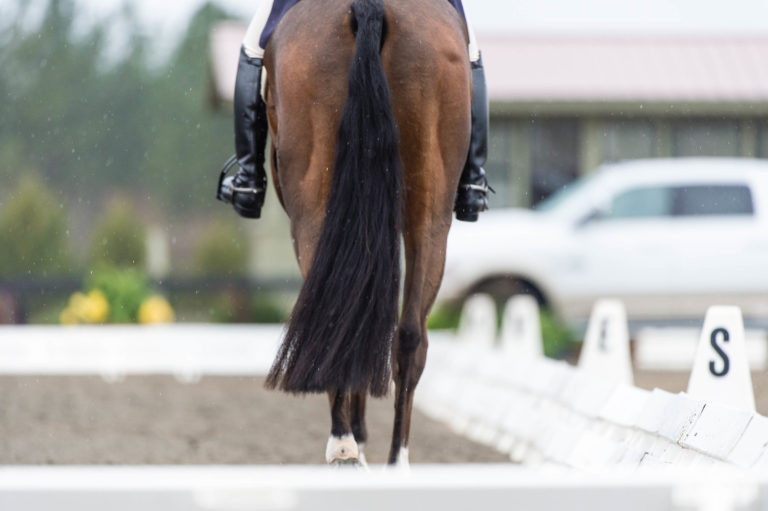Outbreaks of EHV-1 at racetracks and other horse facilities have been widely publicized with fatality rates as high as 40 percent. But don’t panic! The neurological form of equine herpes virus has occurred sporadically for many years, and although there does appear to be an increase in the EHV-1 outbreaks across the country recently, it’s still a relatively rare disease in the U.S. horse population. Your horse is much more likely to die from colic or respiratory disease than he is from EHV-1.
That said, a healthy dose of respect for EHV-1 is warranted. Although neurological form of equine herpes virus?is nothing new, outbreaks are on the rise and its’ occurrence is highly unpredictable. Prior to 2003, only one or two outbreaks were typically reported each year, with very few horses affected in each case. But these numbers are increasing. In 2005 there were six outbreaks reported, and in 2006 there were 11. In recent years, both the attack rate and the fatality rate appear to be increasing, raising concerns about the importance of this disease.

Here’s the scary part. Even if your horse is vaccinated, there’s no guarantee he’ll be protected from developing the neurological form of herpes if he’s exposed. In fact, vaccination is highly controversial. None of the currently available vaccines are licensed to protect against neurological herpes and it’s been suggested that frequent vaccination with killed virus vaccine may increase the risk.
If you do decide to vaccinate, ask your veterinarian about the modified live vaccine (Rhinommune, by Pfizer). Scant data has shown a trend that recent vaccination with this vaccine may have some benefit because of its’ effect on your horse’s cell mediated immunity?the non-specific arm of his immune system most likely to help fight the herpes virus.
If outbreaks are unpredictable and vaccination won’t help, what can you do? Pay close attention, and take care to minimize your horse’s exposure risk. The following bio-security measures should become a regular part of your horse care routine:
1. Isolate any new horse moving into your barn for a minimum of 2 weeks?or ideally for 30 days. This means physical isolation in a stall at least 30-40 feet away from other horses, separate grooming and cleaning tools and no direct contact with other horses at your farm.
2. Disinfect stalls and stable areas before moving your horse into a show grounds or other new facility. A quarternary-ammonium or phenolic-based disinfectant is best. Many seasoned horse show travelers put disinfectant in a spray bottle and liberally spray stalls before moving in.
3. Monitor temperatures prior to traveling, and never ship a horse that has had a fever within 5 days of a haul. Remember that herpes is activated during periods of stress, and shipping to and from events is one of the biggest stressors our horses face.
4. Avoid contact with any horse that experiences a fever, especially if it’s accompanied by neurological symptoms. Monitor temperatures daily to identify exposed horses that are at risk, and isolate them immediately from the group.
5. If your horse lives at a facility where any infectious disease occurs, pay close attention to isolation protocols, and stay at home until the outbreak is completely resolved in order to protect other horses in your community.
Originally printed in the July 2007 issue of Dressage Today.











